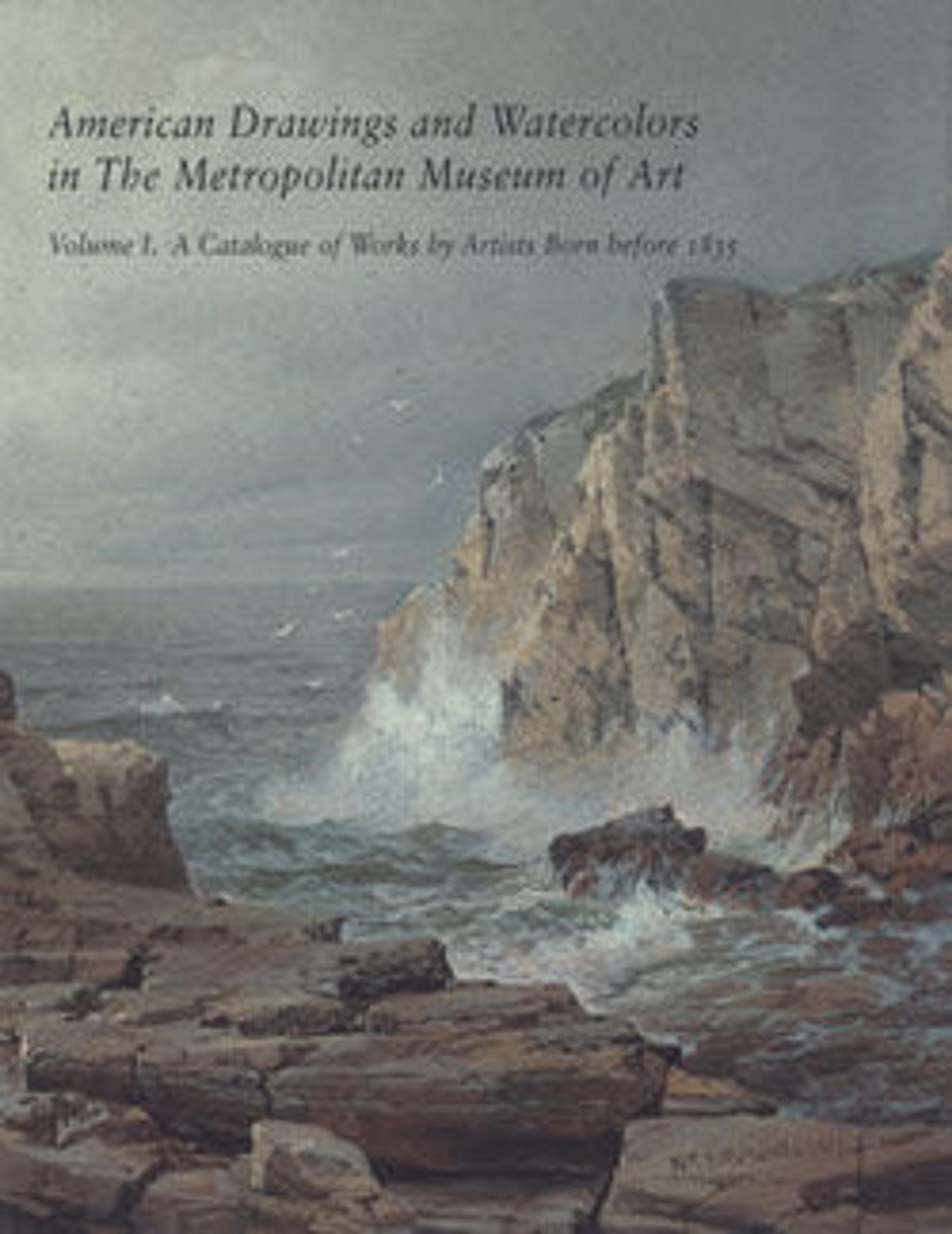New York from the Heights near Brooklyn
Painted as the pendant of “New York from Weehawk,” (54.90.109) this watercolor represents the eastern face of New York City from the former “Bergen’s Hill” in what is now Brooklyn Heights, looking west-northwest across the East River. In the two watercolors the artist not only opposed the points of view and the times of day of the two prospects but also introduced here the sublime effect of a departing storm. Consonant with it, a brittle conifer tree in the foreground serves as a counterpoint to the lyrical form of the deciduous tree in the companion picture. In both views, the artist projects an impression of youthful New York City as an abiding Utopia cradled in a vast riparian environment. Both watercolors were engraved as a pair by John Hill in 1823, just as Wall and Hill were collaborating on the better-known “Hudson River Portfolio” (1821–1825), a series of sixteen aquatints of picturesque views of the river from near Saratoga Springs to New York City.
Artwork Details
- Title:New York from the Heights near Brooklyn
- Artist:William Guy Wall (Irish, Dublin 1792–after 1864 Ireland (active America))
- Date:ca. 1820–23
- Culture:American
- Medium:Watercolor and graphite on white wove paper
- Dimensions:16 x 25 1/4 in. (40.6 x 64.1 cm)
- Credit Line:The Edward W. C. Arnold Collection of New York Prints, Maps, and Pictures, Bequest of Edward W. C. Arnold, 1954
- Object Number:54.90.301
- Curatorial Department: The American Wing
More Artwork
Research Resources
The Met provides unparalleled resources for research and welcomes an international community of students and scholars. The Met's Open Access API is where creators and researchers can connect to the The Met collection. Open Access data and public domain images are available for unrestricted commercial and noncommercial use without permission or fee.
To request images under copyright and other restrictions, please use this Image Request form.
Feedback
We continue to research and examine historical and cultural context for objects in The Met collection. If you have comments or questions about this object record, please contact us using the form below. The Museum looks forward to receiving your comments.
